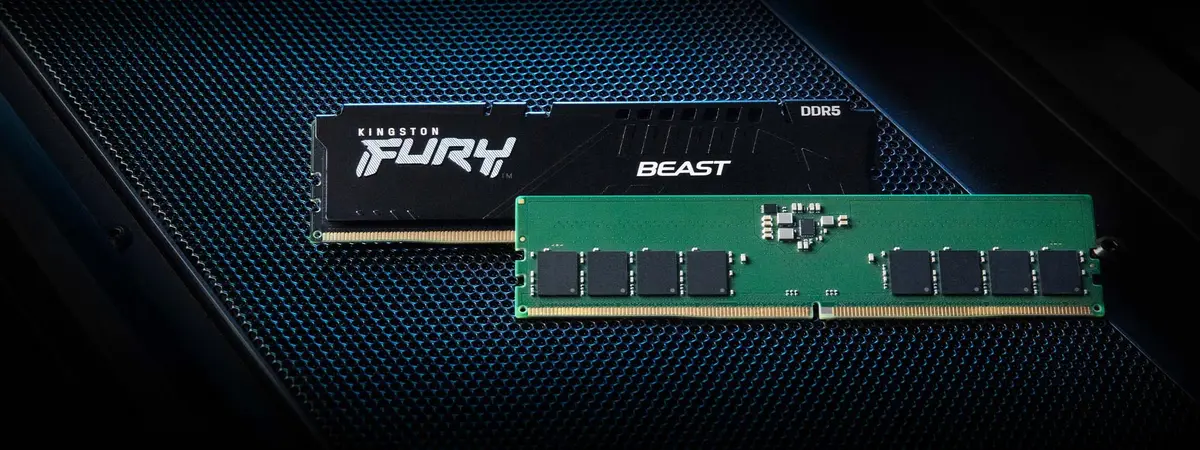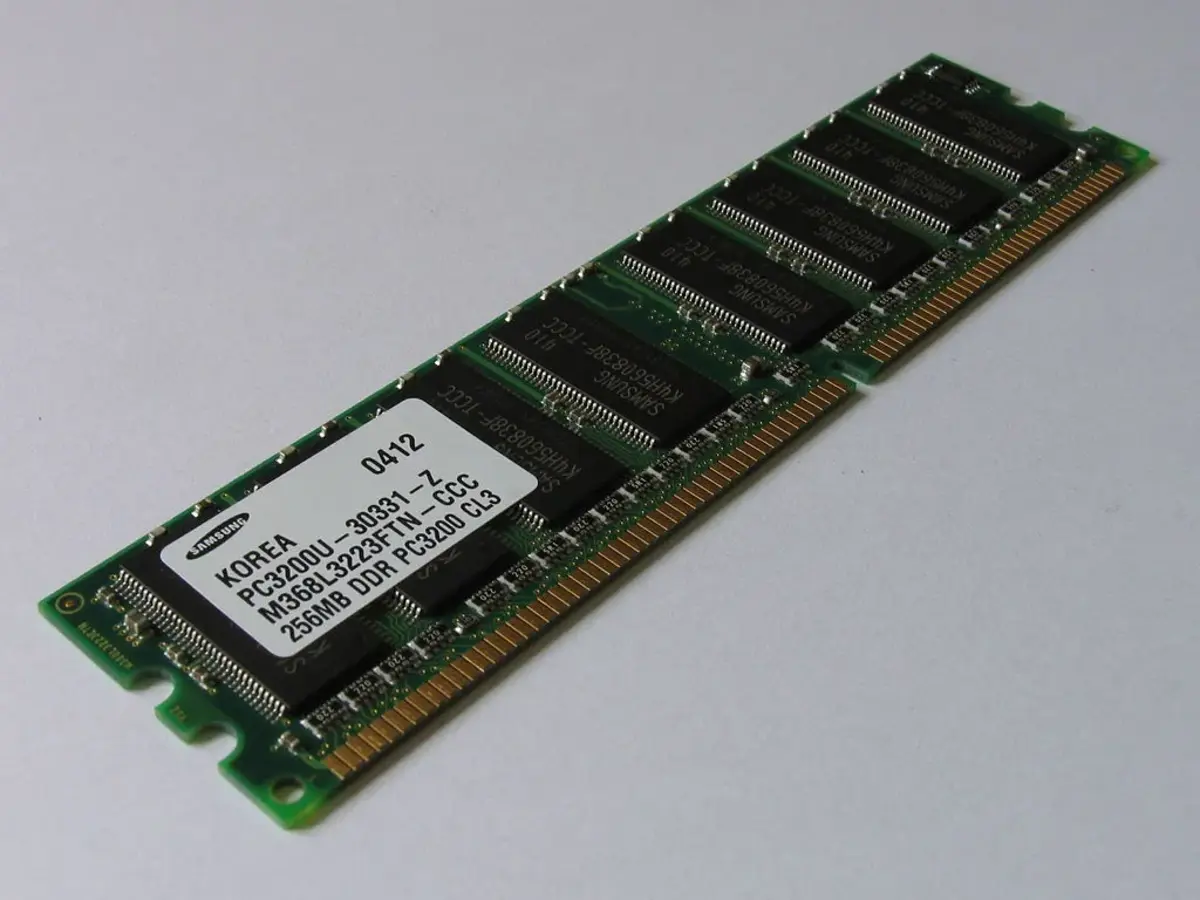From SDRAM to DDR5, the RAM is one of the most important components of computers today. They grant speed and energetic efficiency as well as storage capacity to load several processes and services. Knowing what SDRAM and DDR do is essential to choose correctly when updating your computer.
The RAM memory in any informatics device stores files temporary and software that the CPU needs to execute tasks quickly. Without RAM memory, the computer wouldn’t be able to open programs or run any task efficiently. RAM is also called random access memory and it’s a volatile memory present in computers, mobile phones and other devices.

SDRAM, DDR and other differences in memory types
The main difference between RAM and storage memory in a hard drive is time. A storage memory device such as a flash USB or a hard drive is permanent. While RAM is a fast access memory. The RAM also disappears when you turn off or restart the device.
The more RAM capacity you have, the more programs at the same time you will be able to run. The component has evolved and there are several generations with different features and capacities.
SDRAM the origin
SDRAM or dynamic synchronic random access memory is the first generation of RAM used in computers. It was introduced in 1988 as the evolution of the DRAM component. Its main feature was the capacity to synch itself automatically with the CPU speed. It was faster and more efficient than previous generations. However, it was replaced for newer generations because of more transfer speed and efficiency.
DDR Double Data Rate
In 2000 the DDR appears. It is a significant milestone in computer evolution. It is the abbreviation of Double Data Rate and it offered a faster transference speed in both directions. The results was a duplication of the file transfer in comparison with SDRAM.
The update allowed an agile and receptive performance for a great array of apps from videogames to video editing tools. It also introduce the 2 bits preload for transfer data improving. The speed for DDR ranged between 266 and 400 MT/s.
DDR2 introduces more speed and efficiency updates
DDR2 first appeared in 2003. The RAM reached a new level with an improved bus signal and 4 bits preload. The model increased the file transfer and the energy consumption for computer components.
Another new feature of DDR was the double channel model for scalability purposes and better performance in high end systems. The transfer speeds in DDR2 ranged from 533 to 800 MT/s.
DDR3 and the optimization of energy and performance
Another milestone in RAM history is DDR3. The focus was put in energy efficiency. It reduces the energy consumption in 40%. The working voltage went from 1,8V to 1,5V. It also offered faster transfer speeds ranging from 800 to 1600 MT/s.
Combining the new features the DDR3 version was adopted as the most popular DDR alternative. It was present both in desk computers and laptops granting the optimum balance for general performance.
DDR 4 for high end performance and superior energy efficiency
After 7 years of DDR3 launch, DDR4 distinguishes itself for working with only 1,2V. It’s a remarkable feature as it improves energy efficiency substantially. It also includes 8 bit preload and greater bandwidth and transfer speed, reaching a range from 2133 to 5100 MT/s. The DDR4 is the most popular memory nowadays for high end videogames and heavy computing processes.
DDR5 the quantic jump in RAM evolution
In comparison with DDR4, the DDR5 represents relevant updates for high end users. It has a bigger bandwidth to transfer information at 51,2 GB/s and 6400 MT/s. It also makes the energy consumption more efficient for laptop and battery based devices. The DDR5 architecture also improves the channel efficiency and it’s great for multi-core next generation systems.
The memory chips can be up to 64 gigabits and the capacity and density of memory has no precedents. It’s the best option for users looking for exceptional performance and a superior answer in computing skills.
RAM evolution summary and the DDR role
The RAM evolution is fundamental in modern informatics systems performance history. From the SDRAM to the DDR5, the search for better efficiency and speed has been on the horizon. Understanding how these memory types work is essential for those who work and design computer hardware and software.

